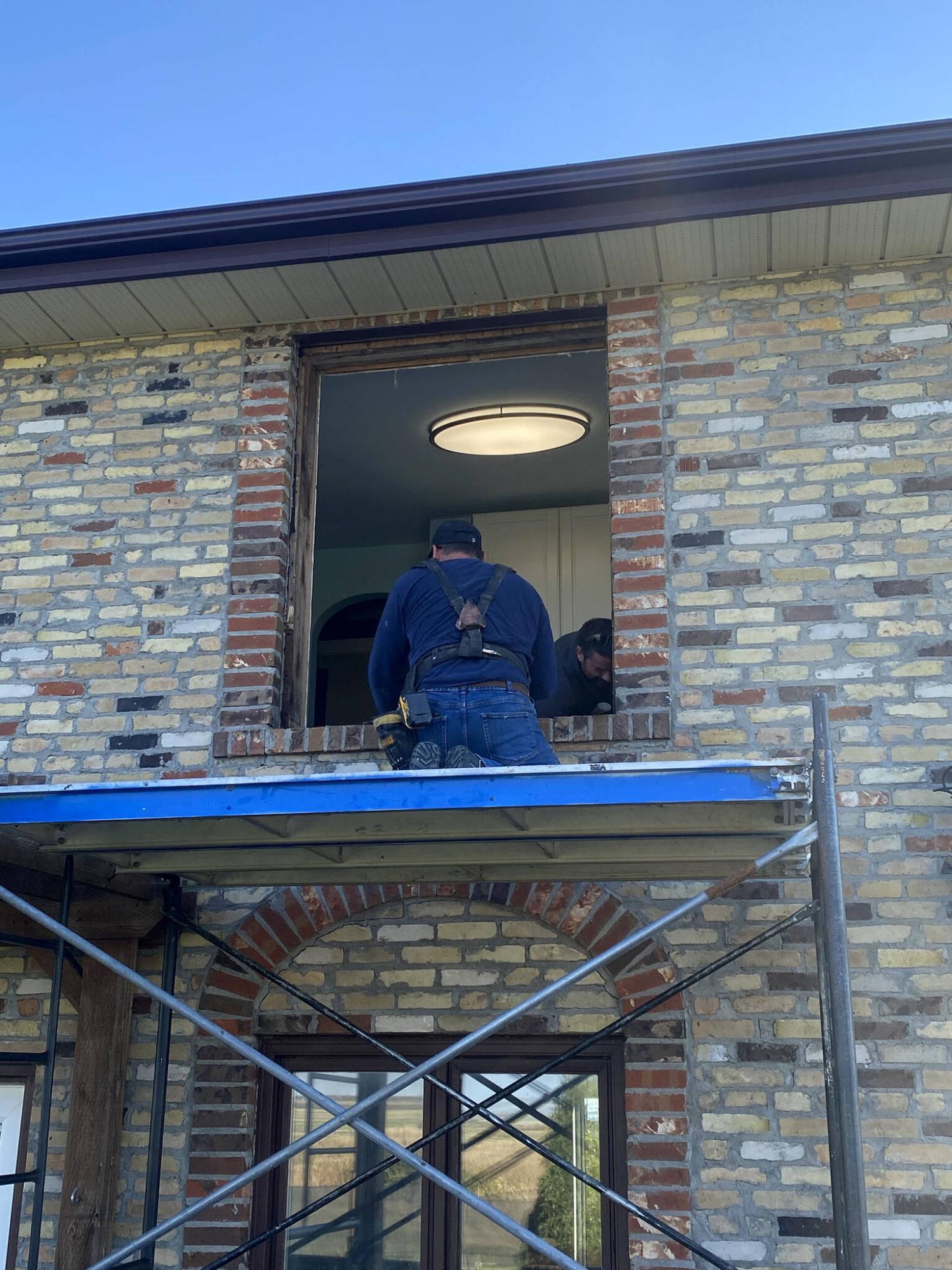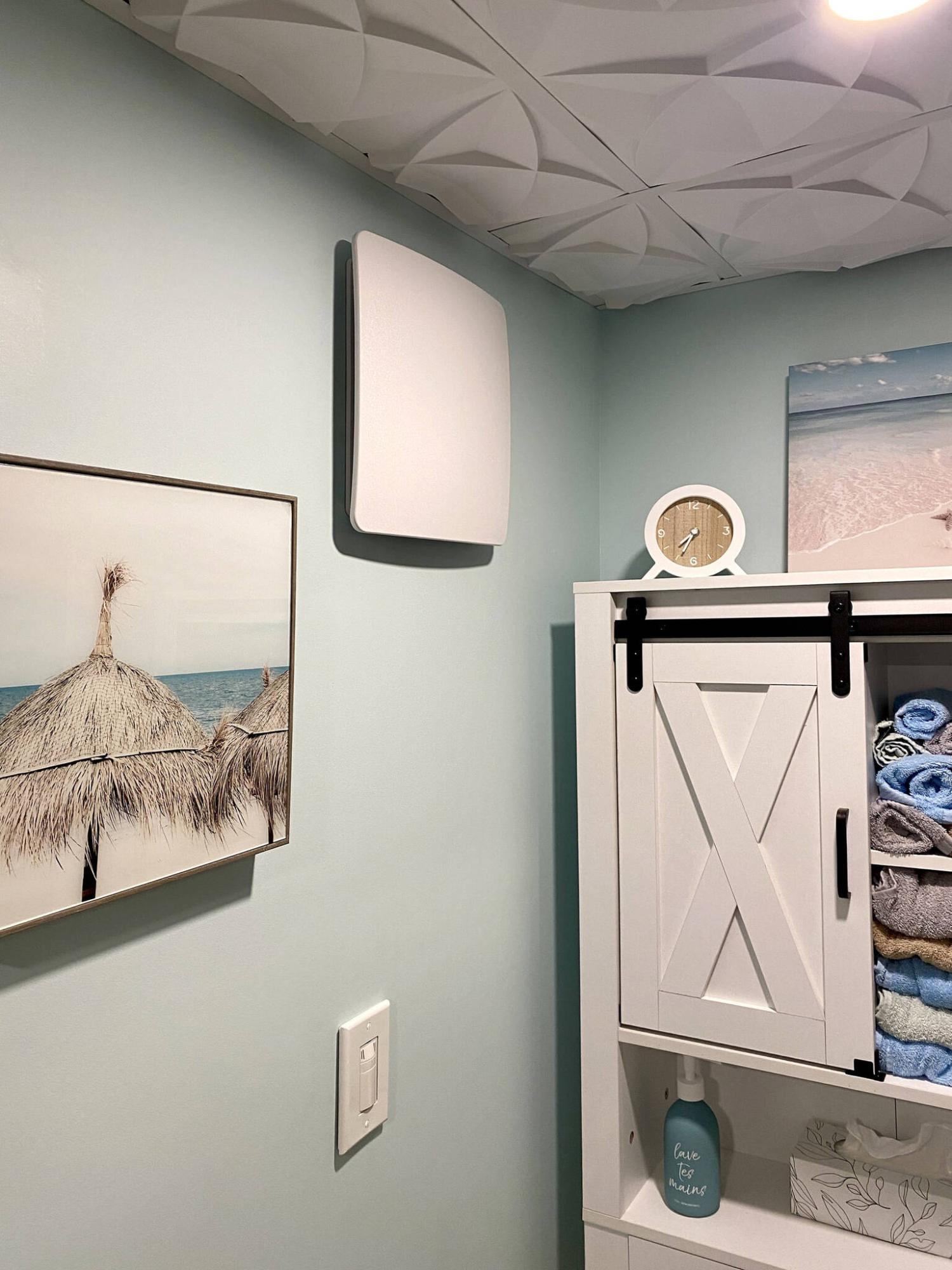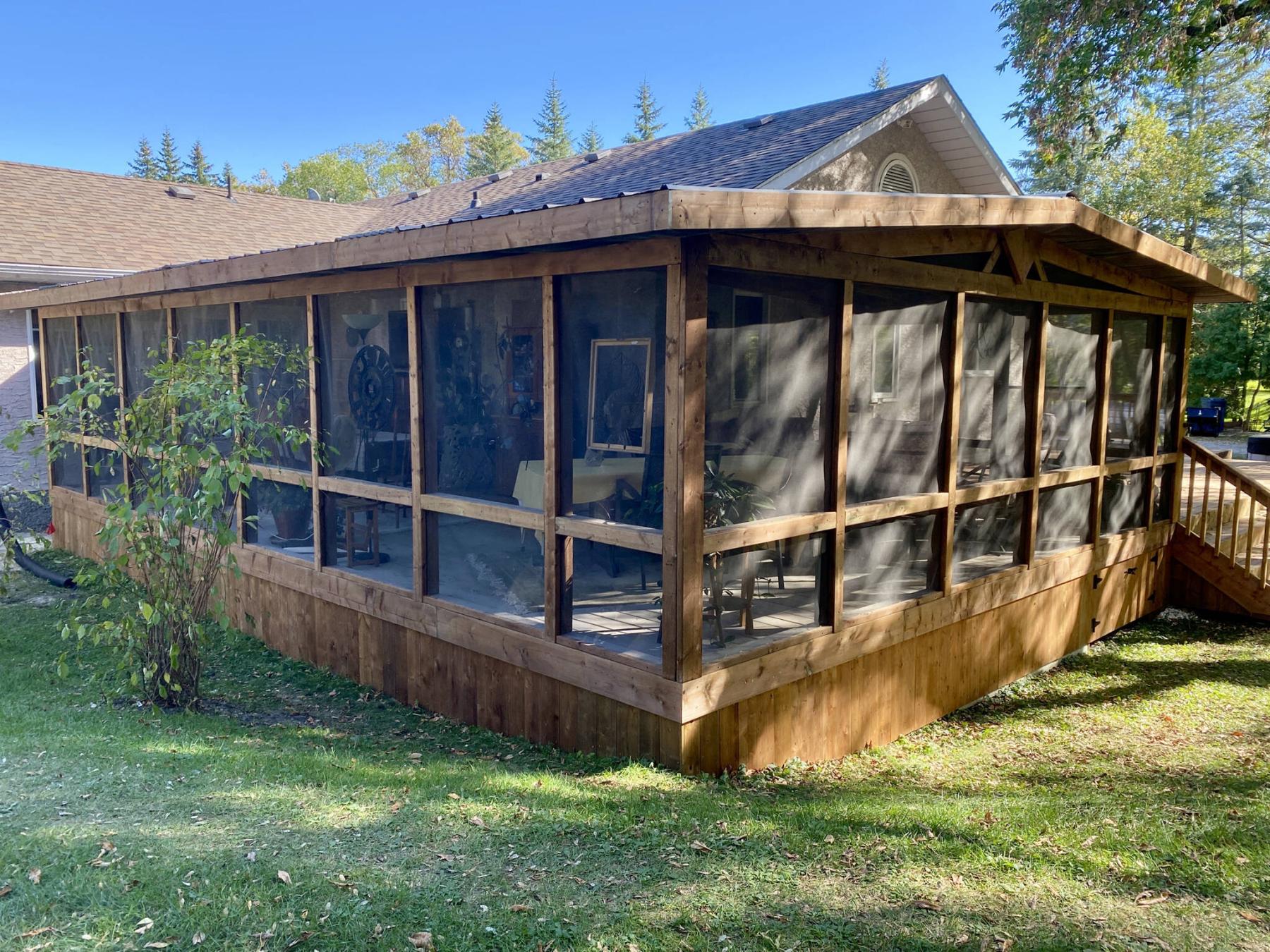Renovation & Design
Renovation & Design
Diggin’ the dahlias
Anthony Steffes is ahead of the curve in more ways than one. A dahlia devotee, Steffes did not wait until the first light frost before digging up his dahlia tubers this fall.
“That’s the rule,” says Steffes. “The ideal is to wait for the first frost when the top growth dies back. Sometimes I’ve done it that way, but I just have to do things when I have to do them.”
Steffes cut down his dahlias in September. He waited a week to dig up the dahlia tubers, shook off most of the soil and then placed the tubers in his backyard greenhouse to dry for a week. On Oct. 1, he packed 12 tuber clumps in vermiculite in roomy plastic containers, taking care to not allow the tuber clumps to touch one another. Vermiculite is a naturally occurring mineral which absorbs moisture and helps keep bulbs and tubers dry during winter storage. Steffes stores the tubers in a friend’s walk-in cooler at a controlled temperature of 8 C to 10 C.
Tubers should be stored in a consistently cool, dry place over winter. “The problem with storing dahlia tubers in the basement is that if the temperature is not controlled, the tubers warm up, cool off and dry out,” says Steffes.
Steffes has also ordered 35 dahlia varieties for next year. He buys from a select number of North American growers specializing in dahlia tubers and competes with a host of other enthusiasts, including flower farmers, for online orders which open at a specific time and date. For the buyers eagerly waiting, it feels like a race, he says.
“There’s a marvellous pink dahlia called Kelgai Ann, but I don’t have it,” laments Steffes. “It looks like a cross between a peony and a waterlily. I have tried 10 times to get it. Once, when I tried buying it online, the auction was finished in 57 seconds. I’ve decided I don’t want it anymore, but it’s absolutely beautiful.”
There’s a particular reason Steffes chooses to buy his dahlia tubers from reputable specialty growers, and it has little to do with the thrill of the hunt or desire for specific varieties.
“What happens sometimes when you pick up a bag of tubers at a hardware store, big box store or even at garden centres, is that they can have seven little half-dead shrivelled things or there are dried things attached to some of the tubers along with roots. All that stuff is just a nuisance because most people aren’t going to trim it off. When it is planted, it can easily decay and cause problems.”
It’s about quality, not quantity, for Steffes. “What you want is to plant one healthy tuber with an eye, not a bagful of damaged tubers, most of which can be thrown away,” he says.
For this reason, he prefers to purchase dahlia tubers online from growers such as Ferncliff Gardens in Mission, B.C., Au Beau Pré in Saint-Anicet, Que., and Swan Island Dahlias in Oregon. All three are family-owned growers. Ferncliff marks its 105th year in 2025. Au Beau Pré, located southwest of Montreal, has been a family flower farm since 2007, and offers more than 200 varieties of dahlia tubers. Swan Island Dahlias has been in business for over 97 years and is the largest and leading dahlia grower in the U.S. “They send one tuber with one eye. They’re not cheap, but you always get what you order,” says Steffes.
Steffes grows many different types of dahlias as well as a diverse number of plant species in his large North Kildonan garden. He has spent many years judging flower displays — and his are awe-inspiring. Some of his favourite dahlia varieties include decorative types such as Checkers with its red petals tipped in white and Eveline with nearly eight-centimetre blooms in delicate lavender. Bluetiful is another decorative-style favourite with large 15-cm lavender-blue flowers. Wine and Roses is a breathtaking waterlily-type dahlia with two-tone pink flowers. Another favourite is I’m a Hottie, a large semi-cactus in pulsating pink.
Next year, Steffes plans to grow mostly the pom pom and cactus varieties of dahlias. Pom poms produce perfectly round flowers (“You get tons of flowers,” Steffes says), while cactus dahlias feature distinctively narrow, slightly curved petals with a spidery look.
In spring, after Steffes removes dahlia tubers from his friend’s walk-in cooler, he says it can take up to a week-and-a-half for the tubers to wake up. But again, that is due to them being stored at a consistent temperature.
“In March in my sunroom, I plant a single tuber in half gallon pots filled with The Answer potting mix,” Steffes says. “It’s a light soil mix but not so light that it dries out completely like pure peat would. If the dahlia seedlings get tall and lanky before I can put them in my backyard greenhouse, I pinch them back.”
Pinching back to the second or third set of leaves works well, notes Steffes, because the plants will eventually be bushier and produce more flowers. When he plants dahlias directly in the ground, Steffes top-dresses the soil surface with a thin layer of compost. “That of course enriches the soil from year to year,” he says.
At the time of planting, Steffes mixes a slow-release, high-phosphorus fertilizer (indicated by a larger middle number) that is specially formulated for tomatoes, into the potting soil. A balanced (20-20-20) fertilizer is also suitable, but Steffes says a high-nitrogen fertilizer will produce lush leaves and huge plants but fewer flowers. Steffes feeds his dahlias again at the end of June and at the end of July.
Steffes grows dahlias in raised beds as well as in the ground, and he tries to situate them in areas protected from strong winds. At the time of planting, he inserts a tomato cage into the soil along with a 1.8-metre-tall plastic-coated metal stake. “I’ve tried using bamboo and broomsticks as stakes but eventually they all rot,” he says. “The metal stakes last for years.”
Steffes says the most common mistake when growing dahlias is inadequate sunlight. “Dahlias love full sun. The leaves will look nice in semi-shade but you won’t get many flowers and the stems will be very weak. The more shade, the taller and lankier dahlias grow. One good windstorm and they will snap.”
It’s also important to regularly deadhead dahlias, he says. Cut back the stems, including the side shoots, in the same way as you would cut back the stem of a rose with spent clusters of blooms. “You’ve got to get rid of those buds and cut them back, so you force them to shoot again.”
colleenizacharias@gmail.com
For advice, ideas and tips to keep your outdoor and indoor plants growing, sign up to receive Winnipeg Gardener, a free monthly digital newsletter I write for the Free Press at winnipegfreepress.com/newsletter/winnipeg-gardener










